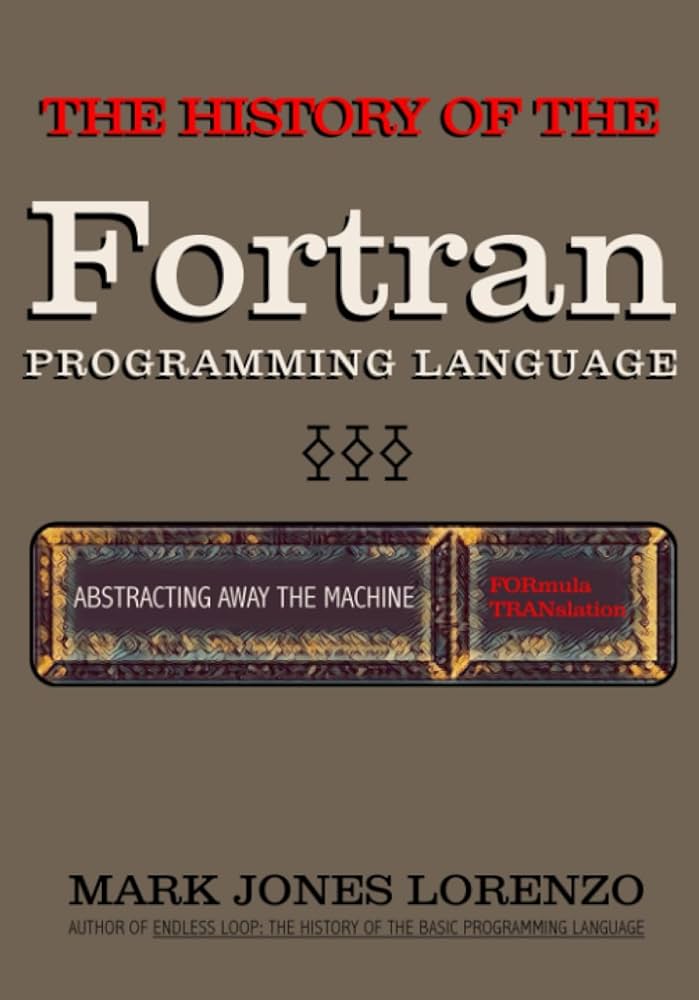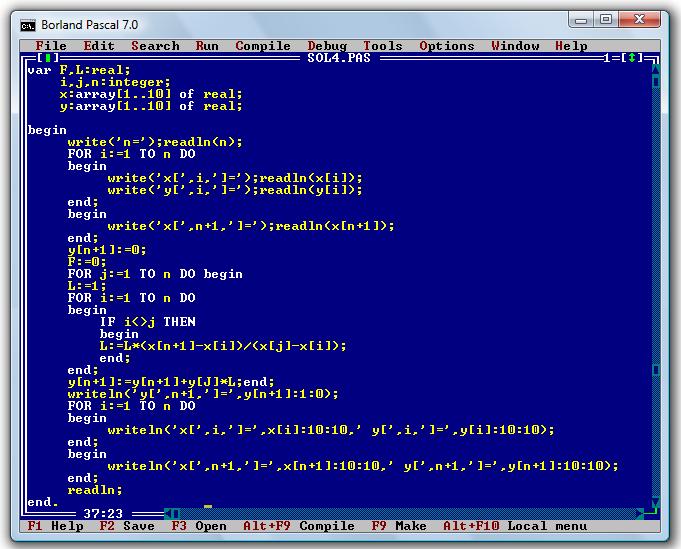
Old Glories: The Unlikely Resurgence of Fortran and Cobol
As I delved into the world of programming languages, I stumbled upon a fascinating phenomenon - the enduring popularity of Fortran and Cobol. These decades-old languages, often considered relics of the past, are thriving in today’s tech landscape. But what’s behind their unexpected resurgence?
 Fortran, a compiled language, is still widely used in scientific computing tasks.
Fortran, a compiled language, is still widely used in scientific computing tasks.
Fortran, created by IBM in 1957, is particularly suited for numeric computation and scientific computing tasks. Its ability to handle complex calculations has made it a staple in fields like weather forecasting, fluid dynamics, and materials science. According to the TIOBE Index, Fortran has reentered the top 10 most popular programming technologies, a feat it hasn’t achieved in over 20 years.
The secret to Fortran’s longevity lies in its continuous evolution. The latest ISO definition for the language was published in 2023, ensuring it remains relevant in modern computing. Moreover, the sheer volume of resources available - over a thousand books on Amazon - has contributed to its enduring popularity.
“Fortran is still evolving, with the latest ISO definition for the language published in 2023.” - Paul Jansen, TIOBE Software CEO
Cobol, designed for business use in 1959, is another ancient language that refuses to fade away. Its widespread adoption in mainframe computers, particularly in industries like banking, automotive, and insurance, has ensured its continued relevance. IBM’s proposed AI-based solution to “translate” Cobol applications into modern languages like Java is a testament to its staying power.
 Cobol’s English-like syntax has made it a staple in business applications.
Cobol’s English-like syntax has made it a staple in business applications.
As I reflect on the unexpected resurgence of Fortran and Cobol, I’m reminded that even the oldest of technologies can remain relevant in today’s fast-paced tech landscape. It’s a testament to the power of innovation and adaptation.
“Cobol is still widely used in mainframe computers employed in critical industries such as banking, automotive, insurance, and more.” - Paul Jansen, TIOBE Software CEO
In an era dominated by AI and machine learning, it’s refreshing to see these veteran languages holding their own. As we look to the future, it’s clear that Fortran and Cobol will continue to thrive, a testament to their timeless appeal.
 The enduring popularity of Fortran and Cobol is a reminder that even the oldest technologies can remain relevant.
The enduring popularity of Fortran and Cobol is a reminder that even the oldest technologies can remain relevant.















